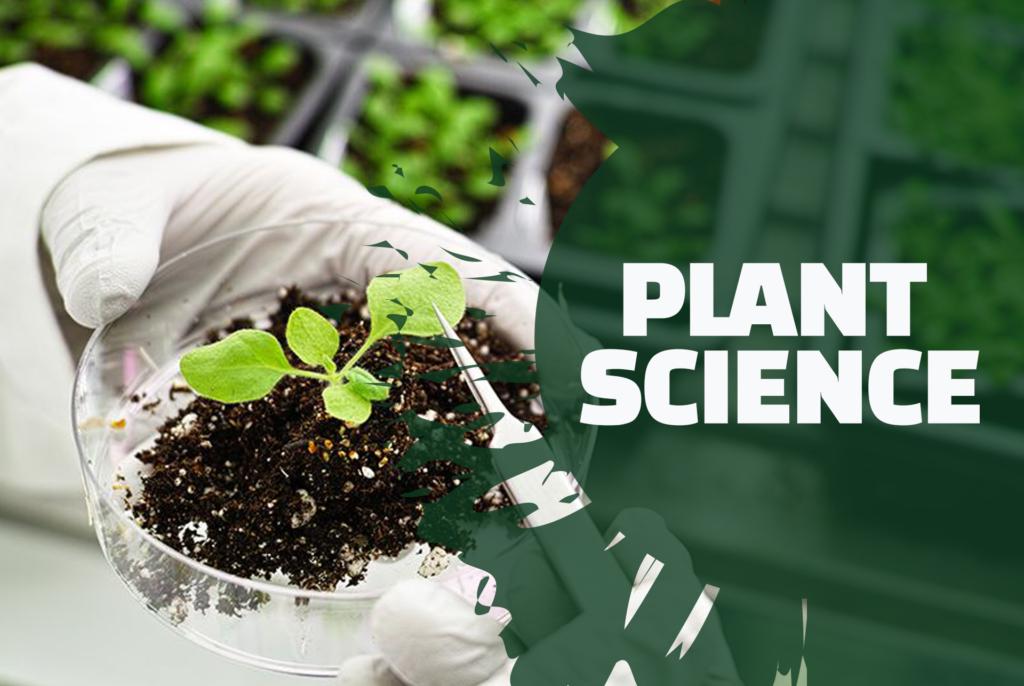Plants are everywhere. They shade our homes, provide the food on our tables, and give us oxygen to breathe. Yet, the study of plants—botany—is often viewed as a complex and intimidating science. But it doesn’t have to be! Welcome to “Botanical Science for Beginners,” where we’ll explore the fascinating world of plants in a simple and engaging way.
Why Study Plants?
Studying plants opens up a new perspective on the world around us. Plants:
- Form the foundation of life on Earth as primary producers.
- Create oxygen and food through the magic of photosynthesis.
- Are masters of adaptation, thriving in diverse environments like rainforests, deserts, and even salt marshes.
- Hold secrets to medicine, technology, and sustainability.
By understanding plants, we not only appreciate their beauty but also their critical role in our ecosystem.
What is Botany?
Botany is the scientific study of plants, covering everything from their structure and physiology to their classification and role in the environment. While terms like “cytology,” “biochemistry,” or “photosynthesis” may sound intimidating, botany can be simplified into four major plant groups. These groups offer an approachable way to start your botanical journey. Learn more and unlock the secrets of the plant kingdom.
The Four Major Plant Groups
All plants fall into one of these categories:
1. Mosses
- Overview: Represent some of the earliest land plants.
- Key Traits:
- Lack vascular tissue (plumbing for water and nutrients).
- Reproduce through spores instead of seeds.
- Fun Fact: Mosses thrive in damp, shady places, and their tiny capsules release spores like a saltshaker.
- Why They’re Cool: Mosses were pioneers in colonizing land, paving the way for more complex plants.
2. Ferns
- Overview: The next step in plant evolution, ferns introduced vascular systems.
- Key Traits:
- True roots, stems, and leaves.
- Still reproduce with spores but have more advanced life cycles.
- Fun Fact: Ferns produce spores on the underside of their fronds, arranged in clusters called sori.
- Why They’re Cool: Their life cycle features “alternation of generations,” with distinct stages that alternate between spore and adult forms.
3. Gymnosperms (Conifers)
- Overview: Known for their cones and seeds, gymnosperms are often associated with evergreen forests.
- Key Traits:
- Reproduce with seeds instead of spores.
- Include familiar trees like pines, cedars, and redwoods.
- Fun Fact: The giant sequoia, a gymnosperm, is one of the largest living things on Earth.
- Why They’re Cool: Gymnosperms dominate landscapes with their ability to grow tall and adapt to harsh conditions.
4. Flowering Plants (Angiosperms)
- Overview: The most diverse and advanced group of plants.
- Key Traits:
- Reproduce through seeds enclosed in fruits.
- Use flowers to attract pollinators like bees, birds, and butterflies.
- Fun Fact: Every flowering plant produces a fruit, even if it doesn’t look like what we eat (e.g., peanuts are botanically fruits!).
- Why They’re Cool: They co-evolved with animals, creating incredible mutual relationships for survival.
How Do Plants Work?
Plants may not move or talk, but they have incredible systems that keep them alive and responsive to their environment.
1. Photosynthesis: Plants as Nature’s Alchemists
Using sunlight, carbon dioxide, and water, plants create sugar and oxygen. This process happens in specialized structures called chloroplasts, which contain the pigment chlorophyll.
- Why It Matters: Photosynthesis is the basis of life on Earth, forming the bottom of every food chain.
2. Adaptations: Survival in Every Environment
Plants have mastered the art of adaptation:
- Mangroves: Exclude or expel salt to survive in saline environments.
- Cacti: Store water and only open their pores at night to conserve moisture.
- Trees in Flooded Forests: Develop swollen bases for stability in wet soils.
3. Plant Hormones: Invisible Helpers
Plants rely on hormones to grow, flower, and respond to stimuli like light and gravity. For example:
- Auxins: Help plants bend toward light by elongating cells on the shaded side.
- Ethylene: Triggers fruit ripening, ensuring seeds are dispersed at the right time.
How to Get Started with Botany
- Explore Your Local Area:
- Visit botanical gardens or public parks.
- Use field guides to identify plants and understand their habitats.
- Use Plant Identification Apps:
- Apps like iNaturalist allow you to identify plants and contribute to citizen science.
- Start Small:
- Observe plants around your home or neighborhood.
- Note their shapes, colors, and features.
- Experiment at Home:
- Grow a small garden or indoor plants like herbs, succulents, or ferns.
Why Plants Are Fascinating
- Plants are time travelers. They evolved from aquatic ancestors to dominate land, creating the oxygen-rich atmosphere we breathe.
- They’re masters of innovation. From mosses that rely on water for reproduction to flowering plants that use fruits and pollinators, plants showcase the power of adaptation.
- They give back. Plants offer food, medicine, textiles, and even inspiration for technology.
Final Thoughts
Botany is more than just memorizing plant names or dissecting flowers—it’s about seeing the world through a new lens. By understanding plants, you’ll develop a deeper appreciation for the interconnectedness of life on Earth. Start small, stay curious, and let the magic of plants inspire you!
Ready to begin your botanical journey? Look outside your window, pick up a guidebook, or download an app. The world of plants is waiting to be explored!
